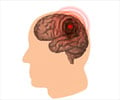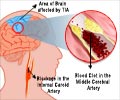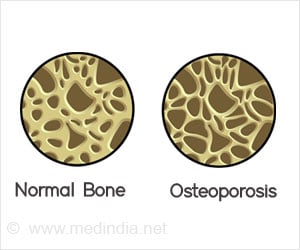The ambulance phone triage system misses more than 50 per cent of people who have had a stroke.
The ambulance phone triage system misses more than 50 per cent of people who have had a stroke, reveals research published in Emergency Medicine Journal.
The triage system relies on computer software (Advanced Medical Priority Dispatch Software, or AMPDS) to code the level of emergency from the verbal description of symptoms provided by the caller to prioritise the ambulance response.AMPDS contains several stroke related questions, and people who are unconscious are automatically graded as Category A, which merits an 8 minute ambulance response. Stroke patients who are still conscious warrant a 19 minute response (Category B).
There are around 110,000 cases of stroke each year in the UK. Stroke is the third most common cause of death and the leading cause of severe disability.
An ambulance is called to around half of people who have had a stroke, and the evidence shows that prompt treatment can significantly reduce the risk of major disability and death.
The authors compared the software based clinical coding with the clinical diagnosis made by a doctor for all patients admitted by ambulance from one regional service to the emergency department of one major hospital in southern England.
During the six month study period, almost 5000 patients were admitted by ambulance, 126 of whom were subsequently diagnosed by a doctor as having had a stroke.
Advertisement
The system also coded 62 other patients as having had a stroke, when they had other problems.
Advertisement
Since 2002, all UK ambulance services have used some decision based tool, and most use AMPDS. This system is also widely used throughout the rest of Europe and America.
“This first link in the chain of survival needs strengthening in order provide prompt and timely emergency care for these patients,” conclude the authors, calling for the Category B response for conscious stroke patients to be upgraded to Category A.
Source-BMJ
SRM














